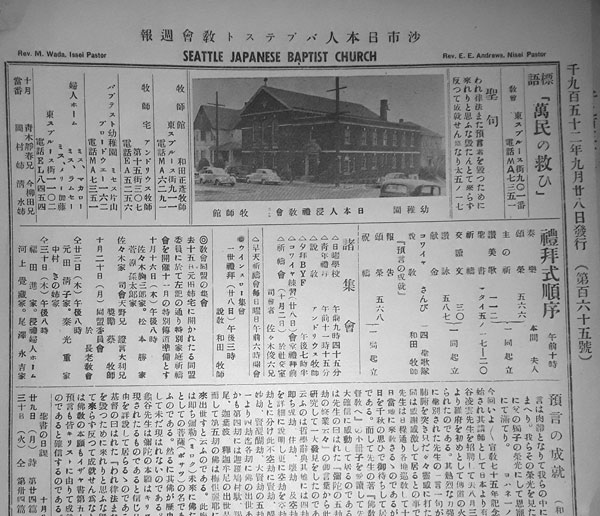
By David Yamaguchi, The North American Post
As we approach 2022, the Year of Tiger, it is worth remembering that 1902 was also a Tiger year, owing to the 60-year Chinese zodiacal cycle. The latter date is noteworthy because it is when the “North American Times,” the pre-WWII predecessor of today’s North American Post, began publication. Accordingly, across the coming months leading up to the N.A. Times’ 120th anniversary on September 1st, we hope to explore more of the newspaper’s past. We began this process in earnest in May (Japanese pages) and July with the launch of Ikuo Shinmasu’s ongoing series summarizing the content of the N.A. Times from its earliest issues forward (part 3 is in the Dec. 10 issue).
Today, I would like to clear up one impression that the Shinmasu series imparts, which is that the N.A. Times was a blurry, poorly printed newspaper. When one examines the scans with which Shinmasu is working, from the UW library digital archives (begin at hokubeihochi.org), it becomes evident that the fuzziness of the Shinmasu images is likely an artifact of the limited scanning resolution of the originals.
Instead, I believe that the N.A. Times was exquisitely printed, where each page approached art. My evidence for this are two one-page church bulletins that were among the assorted old NAP materials that NAP publisher Tomio Moriguchi and I brought back from Anacortes on our first reconnaissance trip to the Letterpress Museum there in September. The purpose of our trip was to figure out how to move a NAP printing press to Seattle. The Museum there acquired the NAP’s old printing equipment in the 1990s. Portions of one of the bulletins are reproduced here (photos).
According to museum owner Jeronimo Squires, a lifelong printer, the church bulletins were likely printed by the NAP staff on the smaller of its two original printing presses, the one we brought back to Seattle (“NAP Printing Press Arrives in Seattle,” Nov. 2021). In fact, today we also know the talented printer’s identity.
“The machine was run by Mr. [Hideo] Mori, an older, rough, tough individual who seemed to really know his business. On occasion, we would meander into the printing room when there was a printing problem and a change needed to be made in the paper to be delivered that day. I would watch him remove a tiny metal type about two inches long with a Japanese or English letter or character on its end and pick out another from a stash of others. Then he would replace the first one in the printing tray, return the tray to the press, and get the loud, clanking, whirring, noisy machine going again.… That’s when he would wipe off his hand with a rag he was holding the whole time.”
–Shokichi Tokita (“A Former Paperboy’s Memories of the NAP” [1949-1957], Oct. 2021).
On behalf of the NAP staff, I invite readers to join us across 2022 as we unearth this newspaper’s past, while also striving to keep it going in the present.





